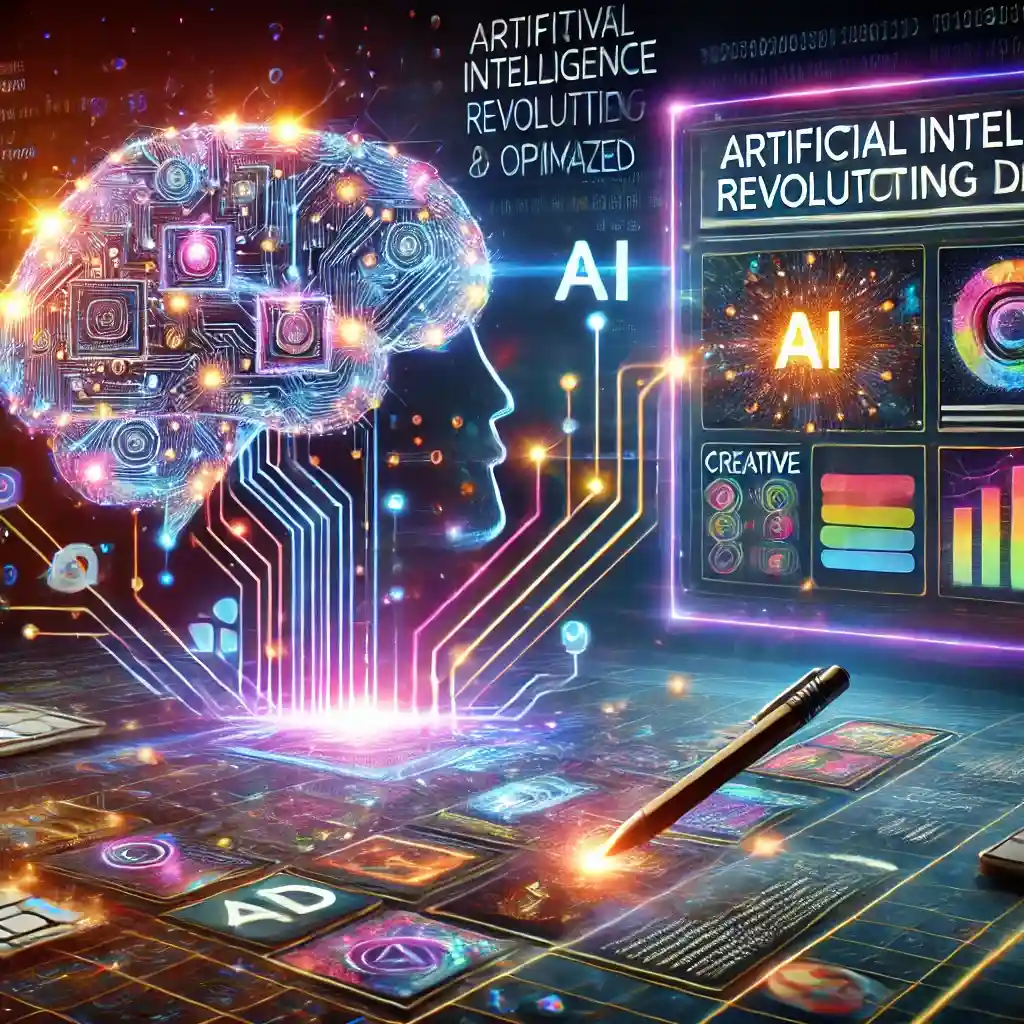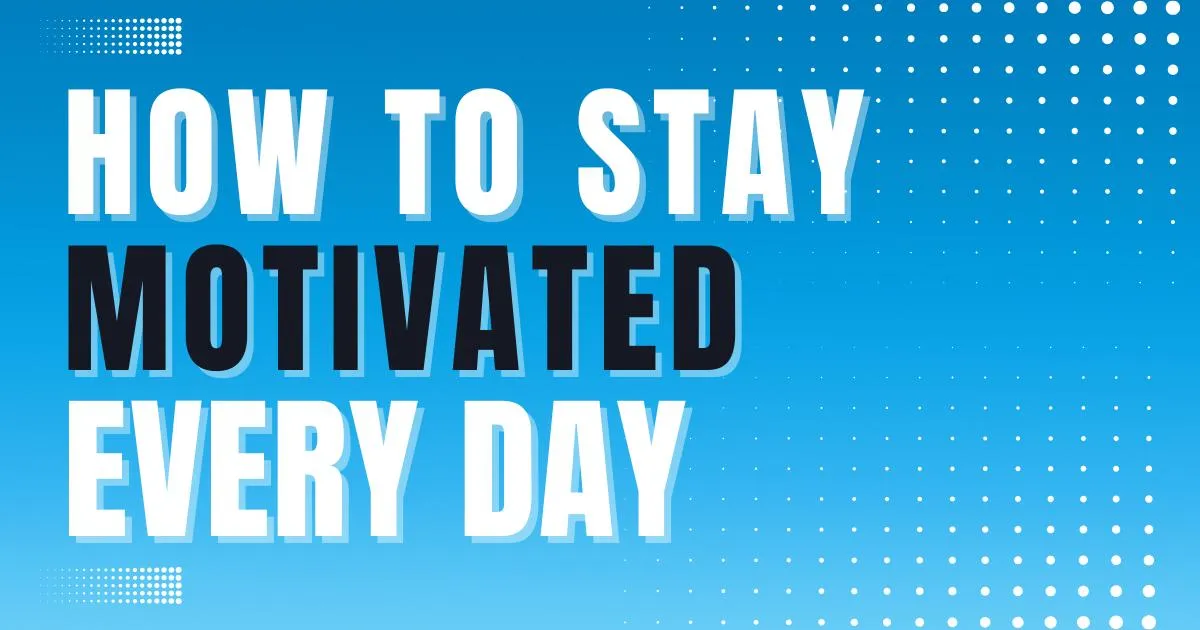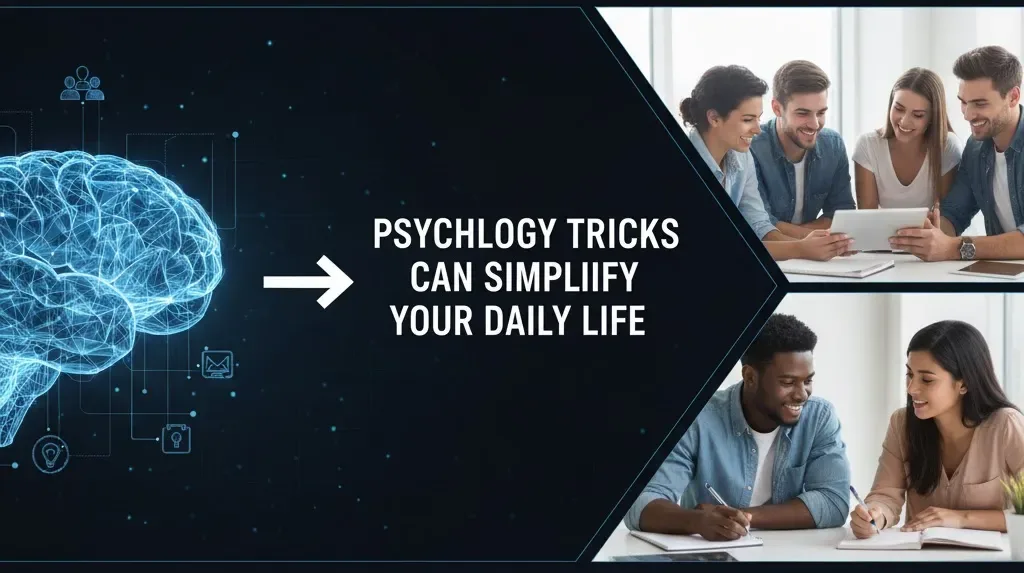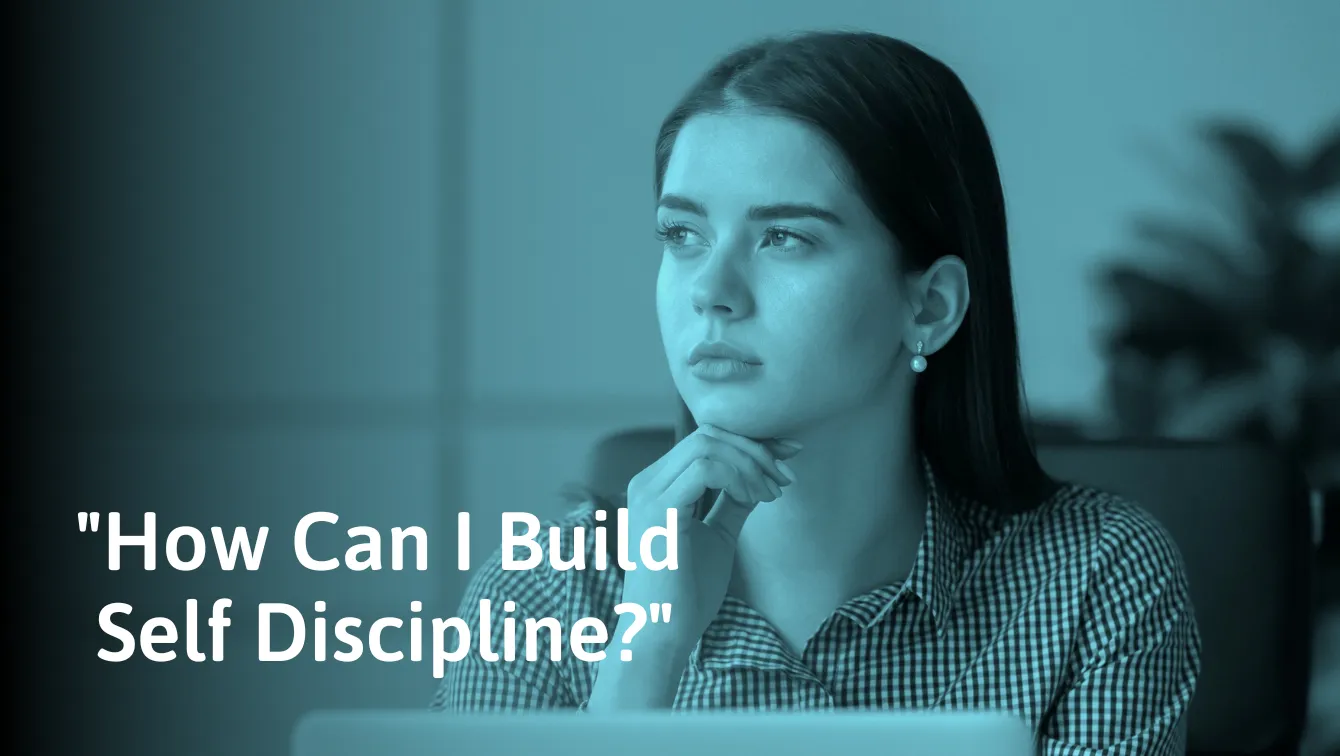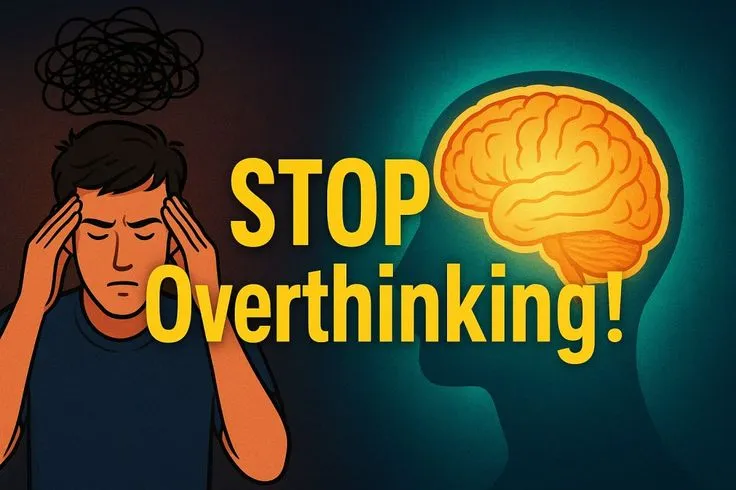Introduction to AI in Ad Creation
Technological advancement particularly in the area of artificial intelligence is transforming how organisations develop content, select consumers, and manage adverts. It processes big volumes of information, identifies trends, and uses them to forecast. These capabilities help marketers to create targeted, interesting, and very effective campaigns with the help of AI. From simple repetitive tasks to the dynamic generation of a creative message that can be adapted to the targeted group AI is a quintessential treasure of any contemporary advertising campaign.
In this article, we will be looking at to how Artificial Intelligence is transforming the creation of ads, its advantages, disadvantage and what awaits marketers that utilize Artificial Intelligence.
The Evolution of Ad Creation: From Manual to AI-Powered
Over the years, people tends to shift from print media and radio to digital, they are now moving towards digital with artificial intelligence campaigns. AI is the next best thing, or the next big thing, and it means that marketers can create ads like never before with ease and accuracy.
Traditional Ad Creation
- In efficiently managing core operations, it relied more on human ingenuity and conformity to standardized best practice – manual labour.
- Needed a large amount of time to come up with concepts and designs as well as writing copy.
- People can only produce a small amount of content that can be targeted towards a particular audience.
The Advent of Digital Advertising
- Expanded targeting capabilities available through web sites such as Google and Facebook.
- Familiarised consumers with the rural markets and offered programmatic
- Advertising to automate the buying process. But still needed manual optimization and content creation.
AI-Driven Advertising
- Encompasses ideation and deployment and is fully automated.
- Uses data to tailor ads even to a single individual at a large scale.
- Adapts campaigns in real-time in order to consistently find its best performance.
Key Ways AI is Revolutionizing Ad Creation
AI is reshaping the advertising landscape in several groundbreaking ways, each of which enhances creativity, efficiency, and effectiveness.
1. Automated Content Generation
Machine for simple tasks such as writing ad copy, visuals and videos for different audience segmentation can be done. Applications like ChatGPT and DALL·E write, draw and design, which means that the work is cut down on creative groups.
- Examples:
- Creating active descriptions of products for E commerce advertisements.
- Visuals created with the cooperation of AI that correspond to the brand’s artistic style.
- Recommended videos using tools like Synthesia to carry out the advertisement automatically.
- Benefits:
- Saves time and resources.
- Enables rapid production of multiple ad variants.
2. Audience Targeting and Personalization
In the case of AI and users, AI works with the user’s data like history, preferences, and behavior to develop micro ads. Some of the ad platforms like the Google ads and Meta ads Manager employ AI in the manner in which they place the ads.
- Features:
- Verification of real-time class of audience.
- Advertising suggestion for the used segments from the user.
- The advertisement content that changes with each user.
- Impact:
- Higher engagement rates.
- Improved ROI on ad spend.
3. Predictive Analytics

When using AI, it becomes easy to guess which particular form of advertisements fits best due to previous performances recorded by specific campaigns. Marketers can also be able to analyze the kind of ads, which areas to place them, when to place them and the kind of content that needs to be placed on the wall.
- Applications:
- Search advertising – discovering high potential keywords.
- Estimating probabilities of click-through rates (CTR) and conversion rates.
- Results:
- Lack of trial-and-error in ads among the targeted campaigns.
- Optimized budget allocation.
4. Dynamic Creative Optimization (DCO)
DCO employs AIO to least and instantly create four different ads and their successful visuals, headlines and CTAs.
- How It Works:
- AI computes the impact it has on campaign, live testing of ad elements in this case.
- Targets specific audience and refreshes all ads based on KPIs.
- Advantages:
- Enhanced user engagement.
- Ideal process improvement which does not require human intervention.
5. Voice and Conversational Ads
Voice driven assistants and several automated chatbots are presenting innovative methods of interactive advertisement. Specifically, users can use voice ads that are personal or conversational chat interactions with the help of AI.
- Examples:
- For instance, smart speakers such as amazon Alexa deep learning conversational advertisements.
- There is major use of artificial intelligence in the use of chatbots to sell the products.
- Future Potential:
- Increased use in voice first gadgets and services.
6. Sentiment Analysis
AI also scans through feedback, comments of customers on social media platforms as well as reviews for sentiment analysis to help with ad message. Marketing people are then in a position to develop ads that appeal to their intended audience in terms of feelings.
- Tools:
- Organizing language data processing techniques collectively known as Natural Language Processing (NLP) algorithms.
- The major social listening tools available are; Brandwatch and Hootsuite Insights.
- Impact:
- Most appealing and relevant advertisement messages.
7. Programmatic Advertising
AI entails the use of self-serve programmatic platforms to purchase as well as place the digital ad. It helps in putting the right ad before the right people, hence is very efficient.
- Process:
- Real-time bidding (RTB) for ad inventory.
- AI analyzes user data to target ideal audiences.
- Outcome:
- Reduced wastage in ad spending.
- Higher campaign efficiency.
Benefits of AI-Powered Ad Creation
AI is revolutionizing the advertising industry, offering numerous advantages that enhance creativity, efficiency, and effectiveness in campaigns.
1. Enhanced Creativity
AI helps marketers by creating new ideas and different views. Jasper and Copy.ai help make interesting ad copy by speeding up and improving the creative process.
2. Efficiency and Speed
Through automation of repetitive tasks such as resizing images or making ad variations, AI reduces the time wasted on boring jobs. This frees marketers to concentrate more on strategy and action.
3. Cost Savings
AI reduces wasted ad money by improving audience targeting and making content based on data. This will lead to a better return on investment (ROI) and reduce unnecessary costs.
4. Scalability
AI helps manage big campaigns smoothly on different platforms. It keeps things consistent and of good quality, making it easier for businesses to reach more people effectively.
5. Improved Accuracy
AI insights come from a lot of data analysis, which lowers the chance of mistakes. This accuracy helps create campaigns that connect better with the audience.

Challenges of AI in Ad Creation
Even though AI has great possibilities, marketers face challenges they must solve to take full advantage of it.
1. Ethical Concerns
This also relies on personal data and can be a source of privacy issues if not managed well. In addition, AI-generated content may unwittingly spread misinformation.
2. Creativity Limitations
AI generates new ideas, but the emotional depth and cultural context human creativity brings might limit its impact on some campaigns.
3. Implementation Costs
The first investment in AI tools and technologies can be a big challenge, especially for small businesses with limited money. Another factor to think about is long-term affordability.
4. Dependence on Quality Data
AI works best when it has good quality data to analyze. Bad or incomplete data can lead to wrong insights, causing ineffective campaigns and missed chances.
AI Tools Transforming Ad Creation
Several AI tools are redefining ad creation, offering innovative solutions for marketers.
1. Canva
Canva is the ideal platform for marketers interested in designing professional-looking graphics without necessarily knowing much about designs. Its AI features make it easier to handle the design of graphics, social media posts, presentations, and advertisements. Through a large library of templates, fonts, and design elements, Canva is an ideal means through which content can be produced in an attractive manner that relates to the brand.
The best feature of Canva is the AI-based recommendation of design changes. For instance, it will suggest better colors, fonts, or layouts that will make an ad more attractive. Additionally, team collaboration is enabled on the platform, so multiple users can work on a project simultaneously. Whether it’s creating banners, Instagram posts, or video ads, Canva’s user-friendly design and smart tools are very helpful for marketers.
2. Adzooma
Adzooma is a modern platform built to enhance ad management on big advertising platforms like Google Ads, Facebook Ads, and Microsoft Ads. Its AI makes the whole advertising process easier from making campaigns, checking how they perform, and improving them.
One of Adzooma’s best features is that it can check how campaigns are doing right away. It uses smart algorithms to find areas that need to get better, like problems with targeting or keywords that are not working well, and gives helpful suggestions. This saves marketers a lot of time and makes sure that campaigns are always set up for the best return on investment.
Adzooma’s automation tools can take care of repetitive tasks like changing bids and managing budgets. This lets marketers concentrate on their strategy and being creative. Its easy-to-use dashboard shows a complete view of all campaigns, making it simple to monitor performance on different platforms.
3. Persado
Persado focuses on making ad copy that connects emotionally with people. It uses AI to study language patterns and emotional triggers to create text that is interesting and tailored for certain audience groups. This makes it a strong tool for businesses that want to improve their messaging and get better results.
Persado starts off by analyzing current content and understanding emotional triggers associated with the intended audience, whether happiness, a sense of urgency, or simply piquing curiosity. Based on this knowledge, the platform then creates various alternatives of the ad copy and gives marketers room to test out the best for performance.
A retail brand might use Persado to create an email subject line that gives a sense of exclusivity or urgency. This in turn increases the open and click rates on those emails. Since Persado applies AI to know and use emotional language, it ensures every piece of content matches what the audience likes and wants.
4. DALL·E
DALL·E is an incredible tool designed by OpenAI. Its capability involves an AI, which creates images based on a text description. It gives marketers the capability to make unique visuals appropriate for the themes of campaigns so that they don’t have to wholly rely on the use of stock images or in-house graphic designers.
For instance, if a brand wants to have a stunning image of the future city in an advertisement campaign, they could input a long description into DALL·E, and it would generate a unique image for them. The level of customizability means that there is no limit to the creative freedom that marketers could have to distinguish themselves in highly competitive markets.
DALL·E can create multiple forms of images, including illustrations, infographics, and abstract art. That is why it’s great for so many kinds of ads. Providing quality images that meet the needs of a specific campaign is what helps DALL·E improve the impact of marketing materials.
5. Hootsuite Ads
Hootsuite Ads uses AI to enhance social media advertising. It is, therefore, a critical tool for brands that want to improve their presence on sites like Facebook, Instagram, and LinkedIn. It makes ad targeting, budget management, and performance tracking easier, helping campaigns get the results they want with less effort.
Probably the most impressive feature of Hootsuite Ads is that it can look at audience data and suggest the best targeting strategies. For example, it can find the demographic groups that are most likely to interact with an ad, and thus help marketers improve their methods. Additionally, the platform automatically adjusts the budget depending on how well the campaign is performing, ensuring resources are used well.
Hootsuite Ads easily integrates with the full Hootsuite platform. This means marketers can control both free and paid social activities in one place. Such an all-encompassing approach keeps messages and branding seamless on all of the platforms.
Real-World Examples of AI in Ad Creation
1. Coca-Cola
Coca-Cola uses AI to analyze consumer behavior and craft highly personalized ads, such as the “Share a Coke” campaign.
2. Nike
Nike uses AI to create ads that change based on each person’s fitness goals and likes.
3. Netflix
Netflix uses AI to suggest movie trailers and show recommendations in its ads just for you.
The Future of AI in Ad Creation
AI is still changing, and it will have a bigger effect on advertising in the future. Here are some trends to notice:
1. Hyper-Personalization
AI will help create ads that are personalized for each person in real time, making them more relevant and interesting.
2. Augmented Reality (AR) Ads
AI-based AR technology will make ad experiences that involve users more deeply.
3. Ethical AI Practices
As rules about data privacy become stricter, using AI ethically will be very important for advertisers.
FAQs
1. What is AI ad creation?
AI ad creation refers to using artificial intelligence to generate, optimize, and deploy advertisements efficiently.
2. How does AI improve ad targeting?
AI analyzes user data to identify audience segments, predict behavior, and deliver personalized ads.
3. Are AI-generated ads effective?
Yes, AI-generated ads often outperform traditional ads due to their data-driven and personalized nature.
4. Can small businesses afford AI in advertising?
Yes, many affordable AI tools cater to small businesses, offering scalable solutions.
5. What industries benefit most from AI in advertising?
E-commerce, entertainment, technology, and healthcare are some of the industries benefiting the most.
6. Is AI replacing human creativity in advertising?
No, AI complements human creativity by automating repetitive tasks and providing insights.
Conclusion
AI is changing how advertisements are being created by making the campaigns more efficient, more personalized and more powerful. It helps generate content automatically, with predictions in mind, in a way that can help marketers better reach their target audience than ever before. Although there is an issue or two, like ethics and overreliance on data, exciting chances come from the future of AI in advertising.

